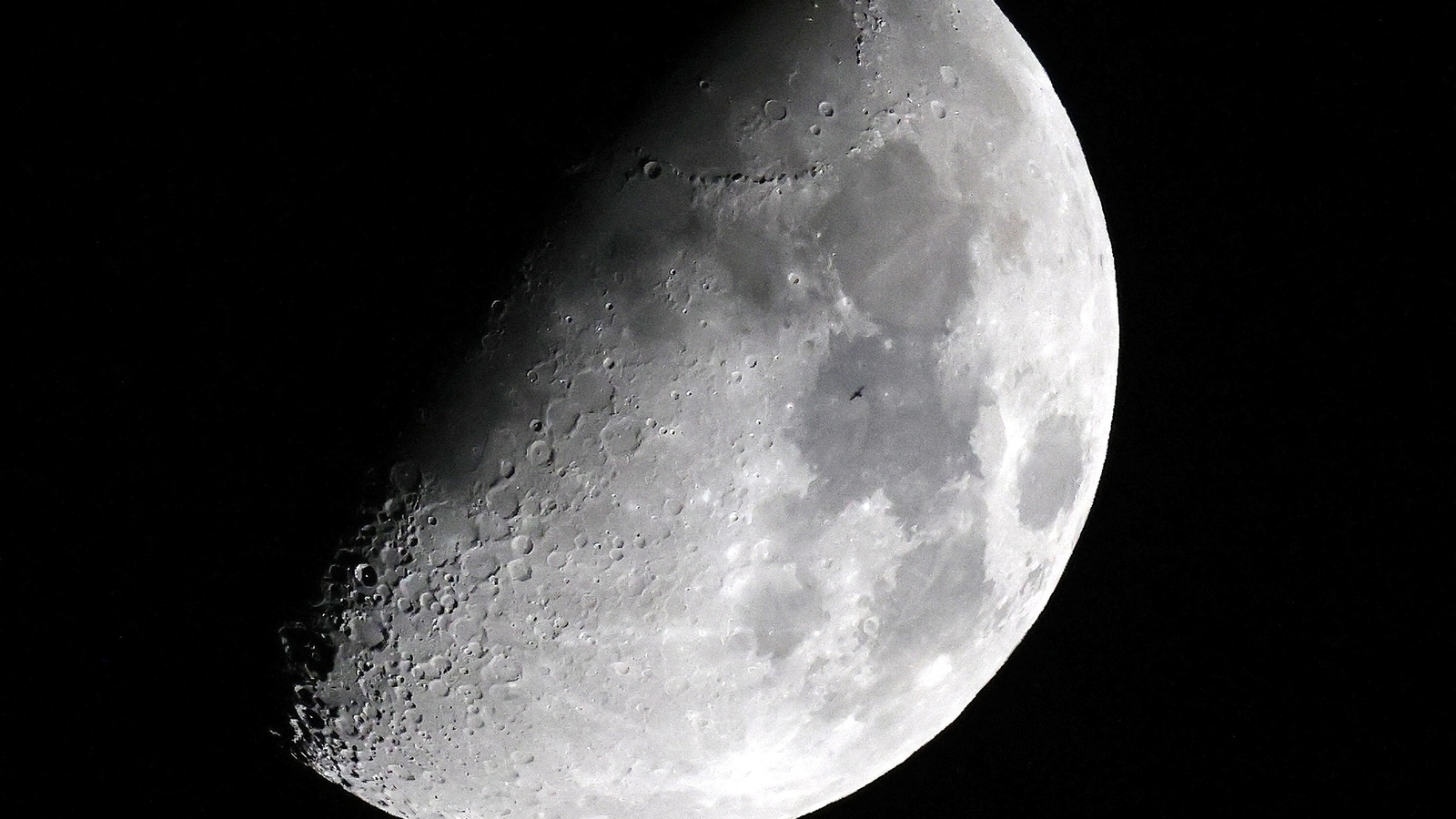Granite found on the moon! Water too?
Scientists have discovered a huge formation of granite on the moon's surface, which is indicating that ancient lunar volcanoes were once present there.

Scientists are working to study the moon and its environment to have a greater understanding of how it formed, what it was previously like, and what it consists of. And now, scientists have found huge traces of granite under Compton-Belkovich volcanic complex. The traces indicate that the area glowed with volcanic activity billions of years ago. Now, there is speculation that water too may have been there.
As per Space.com. around 3.5 billion years ago, cooling magma fired eruptions of lunar volcanoes that formed this feature. Although the discovery was not a surprise as it was already suspected by scientists. They know that this part of the area once had an ancient complex of volcanoes.
About the granite discovery
Using data collected by NASA's Lunar Reconnaissance Orbiter, a group of scientists, led by researcher Matthew Siegler from the Planetary Science Institute, discovered the patch of cooled magma. The granite patch was spread over 31 miles which is 50 kilometers. That much was quite unexpected though.
As per SMU. aside from measuring the temperature beneath the Compton-Belkovich area, scientists discovered that radioactive heat was generated under the area.
“Any big body of granite that we find on Earth used to feed a big bunch of volcanoes, much like a large system is feeding the Cascade volcanoes in the Pacific Northwest today,” Siegler said.
If we talk about granites then it's very common to find on Earth, but on the moon, it is a rare case. The formation of granite on Earth is generated by water and tectonic plates that melt large bodies below the Earth's surface.
Researchers are speculating if the granite is present then there must be water during the time the volcanic activity was going on. The study will now continue to find the answers and how the lunar crust formed in the moon's early history.
What is the Compton-Belkovich site?
As per NASA, the Compton-Belkovich site is a highly radioactive moon site and it is considered the volcanic origin of the moon. It was found by a gamma-ray spectrometer in 1998 and is an area of concentrated thorium which is a 'fertile' element on the moon.
Catch all the Latest Tech News, Mobile News, Laptop News, Gaming news, Wearables News , How To News, also keep up with us on Whatsapp channel,Twitter, Facebook, Google News, and Instagram. For our latest videos, subscribe to our YouTube channel.





























